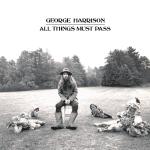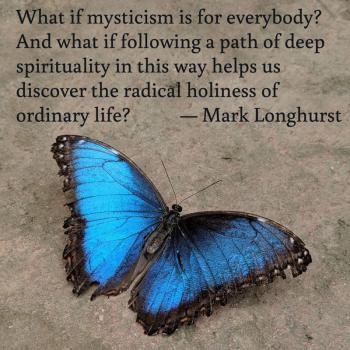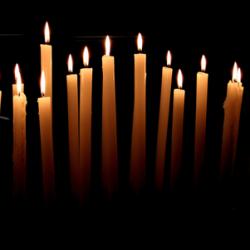I’ve recently been re-reading one of the most fascinating and unusual books of mystical wisdom to have been written within the last 100 years. This is actually my third time through the book, and I know I will read it again, certainly more than once. It’s one of those rare books that rewards multiple readings, each new journey through it yielding new insights.
I’m not the only one who feels this way about this 20th-century contemplative masterpiece. Look at some of the wonderful endorsements this book has received, from recognized leaders in the Christian contemplative world:
- Bede Griffiths, the legendary English monk who established a Christian ashram in India, said “There is hardly a line without some profound significance… To me it is the last word in wisdom.”
- Therese Schroeder-Sheker, renowned harpist and music-thanatologist, describes it as a “work of staggering insight, intelligence, imagination and service” and goes on to say it “is quite simply manna in the desert.”
- Basil Pennington, OCSO, one of the founders of the Centering Prayer movement, said “It is without doubt the most extraordinary work I have ever read. It has tremendous spiritual depth and insight.”
- Thomas Keating, OCSO, also a key voice in the Centering Prayer world, offers this praise: “This book, in my view, is the greatest contribution to date toward the rediscovery and renewal of the Christian contemplative tradition.”
- Cynthia Bourgeault said that this book “represents a brilliant synthesis of esoteric and mystical wisdom.”
Others who have endorsed this modern mystical classic include Hans Urs Von Balthasar, Stratford Caldecott, Michael Martin, and — rumor has it — even Pope John Paul II read it (at least, there’s a picture of him sitting at his desk, with the German edition of this book plainly visible).
So what book are we talking about? Many students of Christian mysticism and contemplative prayer are frankly taken aback by the title: Meditations on the Tarot: A Journey into Christian Hermeticism.
The Tarot?!?!
Recently when a friend of mine heard about this book, she replied, “But the Bible is clear, fortune telling is against God’s will.” So let me hasten to point out that Meditations on the Tarot is not a book about fortune telling or psychic predictions. It is written very much from within the Christian contemplative tradition — and while the author shows a remarkable knowledge of, and even respect toward, non-Christian spiritualities ranging from Hinduism to Buddhism to various esoteric and occult practices, even a casual reading of this book reveals that it is anchored in a very traditional understanding of the mystical and contemplative path, a tradition rooted in following Jesus and based on the wisdom of the great Christian mystics.
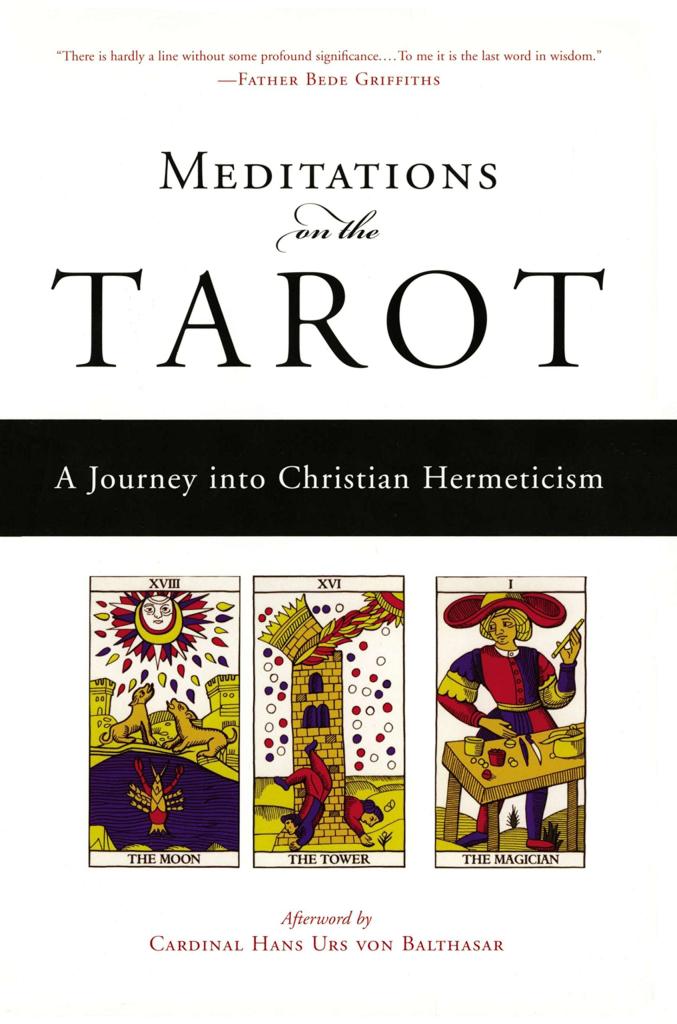
So why would a Christian mystical author structure his meditations around the Tarot, for heaven’s sake?
The book was published anonymously in 1980, several years after the writer’s death. It is generally accepted that the author was a Russian-Estonian scholar named Valentin Tomberg, who worked for the BBC during the Cold War as a Russian translator. Tomberg (1900-1973) had been involved in theosophy, anthroposophy, Martinism, and other esoteric and occult movements since his youth, but in midlife he converted to Roman Catholicism. With an amazing grasp of both Christian theology and non-Christian philosophy, he seemed to embody the gracious spirit of what Brian McLaren called “a generous orthodoxy” — pairing his own fidelity to Christian wisdom teachings with a willingness to see what is good and true and beautiful in other traditions as well.
The twenty-two archetypal images that make up the Major Arcana of the Tarot — images such as “the Fool,” “the Lover,” “the Wheel of Fortune” and “Judgement” — gave the author a framework for reflecting on the depth and beauty of mystical spirituality — and the philosophy and theology that support the mystical life.
The mystic who wants only the experience of mystical states without understanding them, without drawing practical conclusions from them for life, and without wanting to be useful to others, who forgets everyone and everything in order to enjoy the mystical experience, can be compared to a spiritual drunkard.
— Anonymous, Meditations on the Tarot
Another voice of praise for this book, from a writer in the National Catholic Reporter, Richard W. Kropf, notes, “the book begs not only to be studied cover to cover, but also to be savored, meditated upon and assimilated into one’s life.” That, it seems to me, captures the beauty and promise of Meditations on the Tarot — it is a densely philosophical/theological work, as profound and mind-expanding as anything by Thomas Aquinas, John of the Cross or Pierre Teilhard de Chardin; but it is also a practical book that offers insight into contemplative prayer and meditation, making it as useful as The Cloud of Unknowing or the writings of Teresa of Ávila. This is a book that artfully weaves theory and practice into a single statement of mystical vision. You study this book, but you also seek to live it.
Enjoy reading this blog?
Click here to become a patron.
It draws from the Tarot a series of images or archetypes that, in the author’s unique presentation, provide a road-map to the mystical life. I’m not knowledgeable enough to comment on whether this is strictly the author’s own unique interpretation, or if he was drawing on established esoteric teachings about the Tarot, filtering them through his knowledge of contemplative wisdom. It really doesn’t matter. So many of the great mystics have brought creativity to their interpretation of spirituality or their use of guiding metaphors, like Teresa of Ávila’s interior castle or Thomas Merton’s seven storey mountain. Valentin Tomberg (or whoever the anonymous author was) stands in this tradition of creatively expressing the mysteries-that-cannot-be-put-into-words by using a powerful image, or in this case a set of images, to function like a scaffold on which those mysteries are presented, explained, and celebrated.
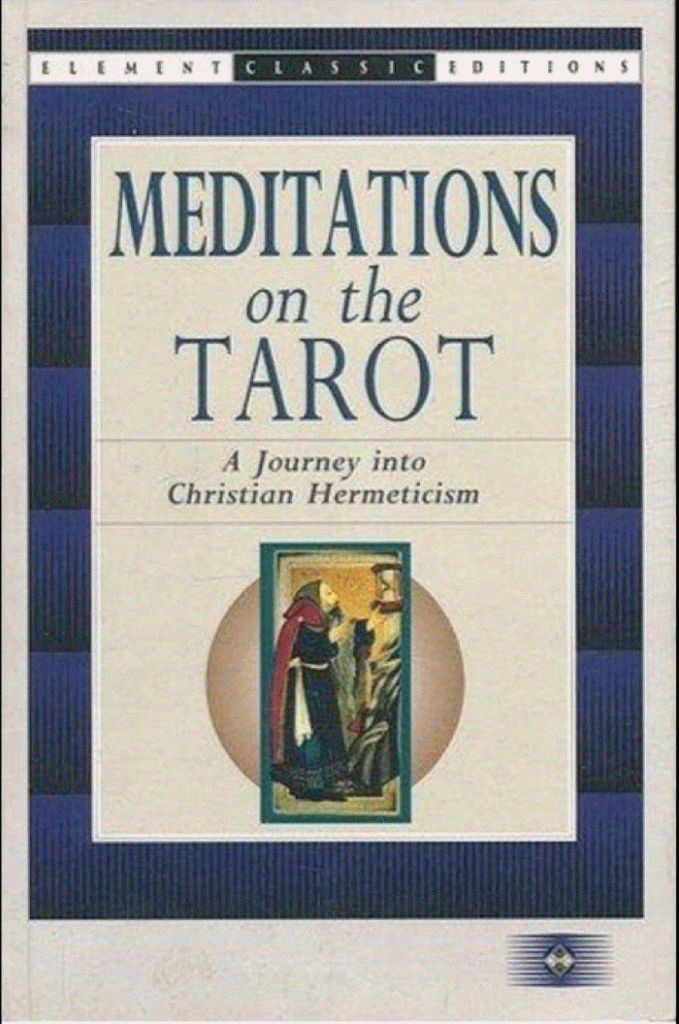
There’s so much that I love about this book, but I think what is most compelling is how well the author articulates a beautiful vision of the cosmos as filled with mystery and wonder. He describes a universe where angels are real, God is continually loving God’s creation, and we as human beings have the tremendous opportunity to calibrate our lives according to the reality of this wondrous love. He also has an uncanny ability to take commonplace elements of Christian spirituality — such as the threefold vows of poverty, chastity, and obedience, or the Benedictine motto of ora et labora (prayer and work) — and offer insightful new ways of seeing or thinking about them, that reveal previously hidden dimensions of meaning and insight. The cumulative effect of reading Meditations on the Tarot is to have the world of Christian spirituality come alive in lovely and startling new ways.
It’s not a perfect book, by any stretch. Written in the 1960s, it assumes a Euro-centric view of the world and relies on exclusively masculine language as was customary for its time. The author has some very old-fashioned ideas; for example, his uncritical advocacy for hierarchy will rub many twenty-first century readers the wrong way. He was clearly a believing/practicing Christian, and sometimes comes across almost chauvinistic in his assumption that the Christian Church is the only custodian of complete truth. On the other hand, his beliefs are somewhat idiosyncratic, no doubt thanks to his long association with esoteric communities: for example, he believes in reincarnation, and presents it as a settled fact! This does not particularly bother me — I read Buddhist writers all the time — but it is rather odd coming from someone who in so many ways toes the Christian party line.
But perhaps most challenging of all is that Meditations on the Tarot is simply somewhat difficult to read. I say “somewhat” because compared to many works of philosophy or academic theology, it’s lucid. You do not need to be a scholar to unlock this book’s mysteries; but you do need to be willing to grapple with abstract and at times arcane ideas. But the book’s very difficulty has led me to a new initiative that I plan to offer beginning next year.
Last month I acquired a copy of the newest edition of Meditations on the Tarot — a recently published beautiful hardcover edition from one of the most interesting of independent Catholic publishers, Angelico Press. When my copy arrived, I posted a picture of it on Instagram, and rather playfully asked, “I think that I’d like to reach an in-depth course on this book. Any takers?”
View this post on Instagram
I was surprised by how many people volunteered as “takers.” Clearly, I’m not the only person who has found this book as challenging as it is enlightening. So I’m hoping to offer a course on this book beginning in February.
And like the old infomercials on late night TV: “But wait, there’s more!”
The more I thought about it, the more I realized that there are several “difficult” mystical texts I would love to teach, including Meditations on the Tarot, The Collected Works of St. John of the Cross, The Complete Mystical Works of Meister Eckhart, The Essential Writings of Christian Mysticism and others. Each of these books is luminous but also challenging — and lengthy, so it wouldn’t do to just offer a short, four-to-six-week course on them: these are books that need to be read slowly, over time, and as part of an overall contemplative practice. So this is my idea: why not start an ongoing program for the practical study of contemplative and mystical books?
Does that appeal to you? I’ve set up a Zoom meeting for January 13, 2022 for anyone who might be interested in studying Meditations on the Tarot with me, and/or participating in an ongoing program that I am calling “The Contemplative Study of Mystical Writings.” Please sign up for the Zoom meeting if you’re interested (and if you can’t make it on the 13th, sign up anyways; that way I can send you a recording of the meeting along with details about what we discuss).
Here’s the link to register for this meeting:
https://us02web.zoom.us/meeting/register/tZMkduCspzsiHtb_iNErCyMMa6DD_MEnKI79
After registering, you will receive a confirmation email containing information about joining the meeting.
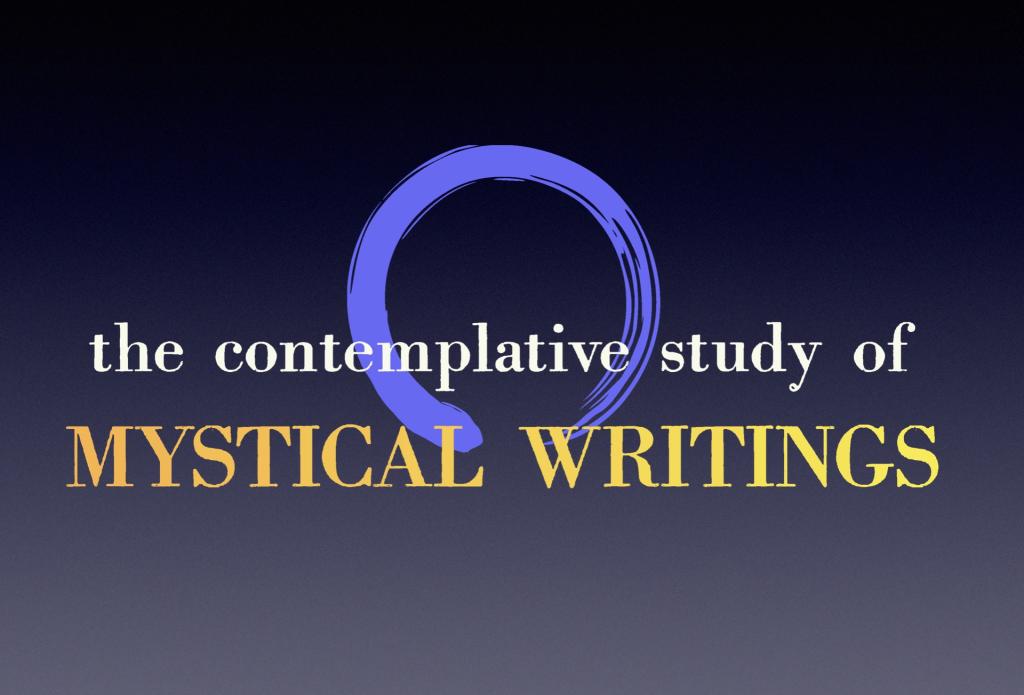
But even if studying this book with me isn’t your cup of joe, I hope you’ll read Meditations on the Tarot anyway. It will deepen your appreciation of contemplative spirituality, and a truly sapiential (wisdom-centered) approach to the mystical life.
Enjoy reading this blog?
Click here to become a patron.
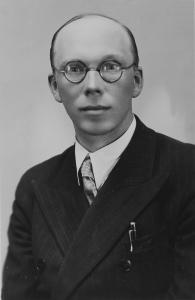
Featured photo of Valentin Tomberg by Unknown Photographer; source: National Archives of Estonia (ERA.957.3.507), CC BY-SA 4.0, Link



